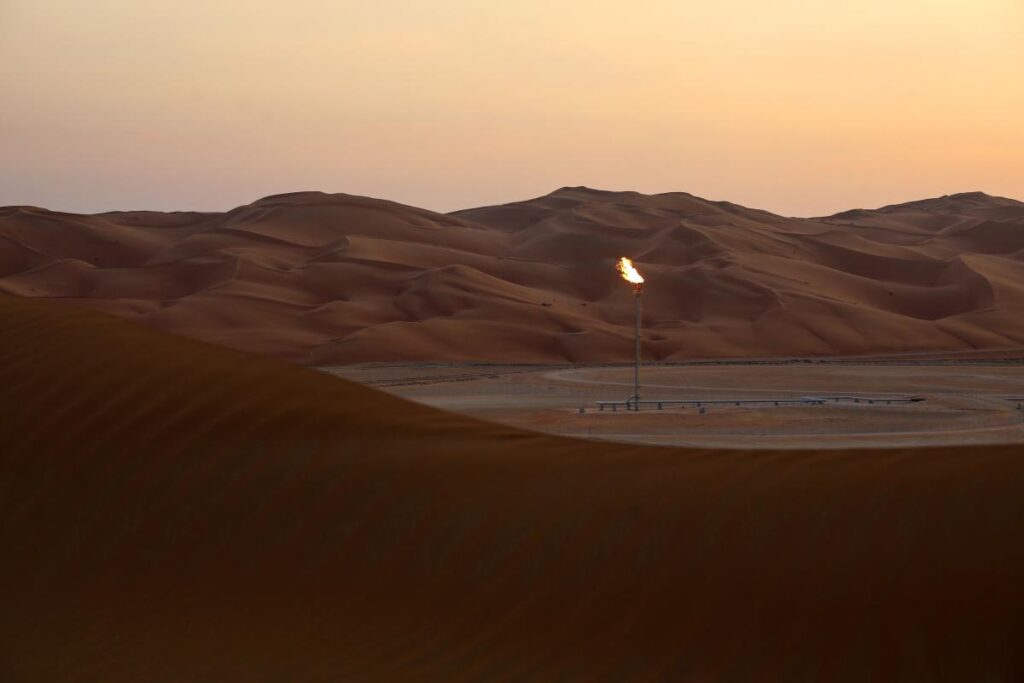In December 2023, Saudi Arabia announced a reduction in oil prices for buyers in Asia. This decision came after the OPEC+ producers group, which includes major oil-producing nations led by Saudi Arabia and Russia, decided to delay planned production increases by one month. Specifically, Saudi Aramco, the state-run oil company, set the selling price for its flagship Arab Light crude grade at a premium of $1.70 per barrel over the regional benchmark, down from $2.20 in November. The revised pricing was anticipated, as traders and refiners had forecasted a cut in the premium by about 45 cents per barrel due to sluggish demand dynamics in Asia, particularly from China.
Sluggish demand in the global oil market has been a significant factor influencing oil prices in recent months. Chinese crude consumption has not rebounded as swiftly as many had hoped, contributing to concerns about oversupply in a climate where the overall economic outlook remains fragile. As a result, oil prices have stayed relatively low, with the global benchmark Brent crude trading around $75 per barrel this week. Despite ongoing geopolitical stresses in the Middle East, which have historically influenced oil supply and pricing, the stability of crude exports has allowed markets to absorb these uncertainties without significant disruption.
To stabilize oil prices, Saudi Arabia and its OPEC+ partners have been implementing production cuts. The alliance has reiterated its commitment to these cuts, extending them through 2024 in response to the current market landscape. Notably, members that had previously volunteered for output reductions have postponed plans to restore production schedules in December. This marks the second consecutive delay in resuming higher supply levels, reflecting the ongoing challenges oil prices face in recovering, amidst the backdrop of an uncertain economic environment.
Analysts remain skeptical about the potential for price recovery, even with the OPEC+ strategy to hold back production. The International Energy Agency (IEA) has warned that the global oil market could continue to face a surplus into next year, despite OPEC+’s cautious approach to increasing supply. Investment firms like Citigroup Inc. and JPMorgan Chase & Co. have suggested that oil prices may fall into the $60s per barrel by 2025, highlighting concerns over the balance between supply and demand in a market grappling with economic headwinds.
The broader implications of these oil price adjustments could resonate throughout the global economy, as fluctuating energy costs impact various sectors. Countries that heavily depend on oil exports may find their economic stability challenged, while those reliant on energy imports could see shifts in their trade balances. Additionally, consumer markets may feel the pressure of changing fuel prices, which can influence transportation costs and overall consumer spending.
In conclusion, the oil market is at a critical juncture, as pricing strategies, production cuts, and global demand dynamics intertwine to shape future trends. The delayed increase in production by OPEC+ allied nations highlights the cautious approach needed in response to persistent global economic challenges. While geopolitical tensions remain, the actual physical supply of crude has not been notably interrupted, leading to a more stable, albeit cautious outlook for the oil market in the coming months and years.

